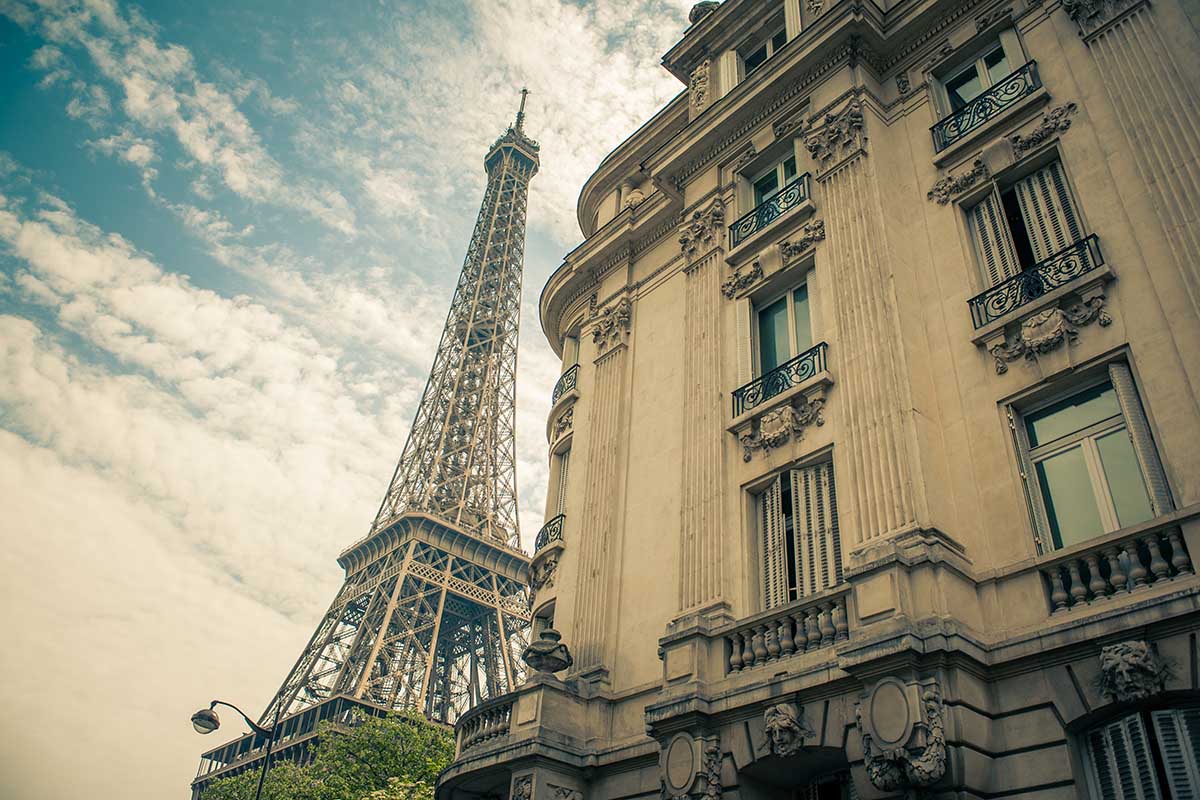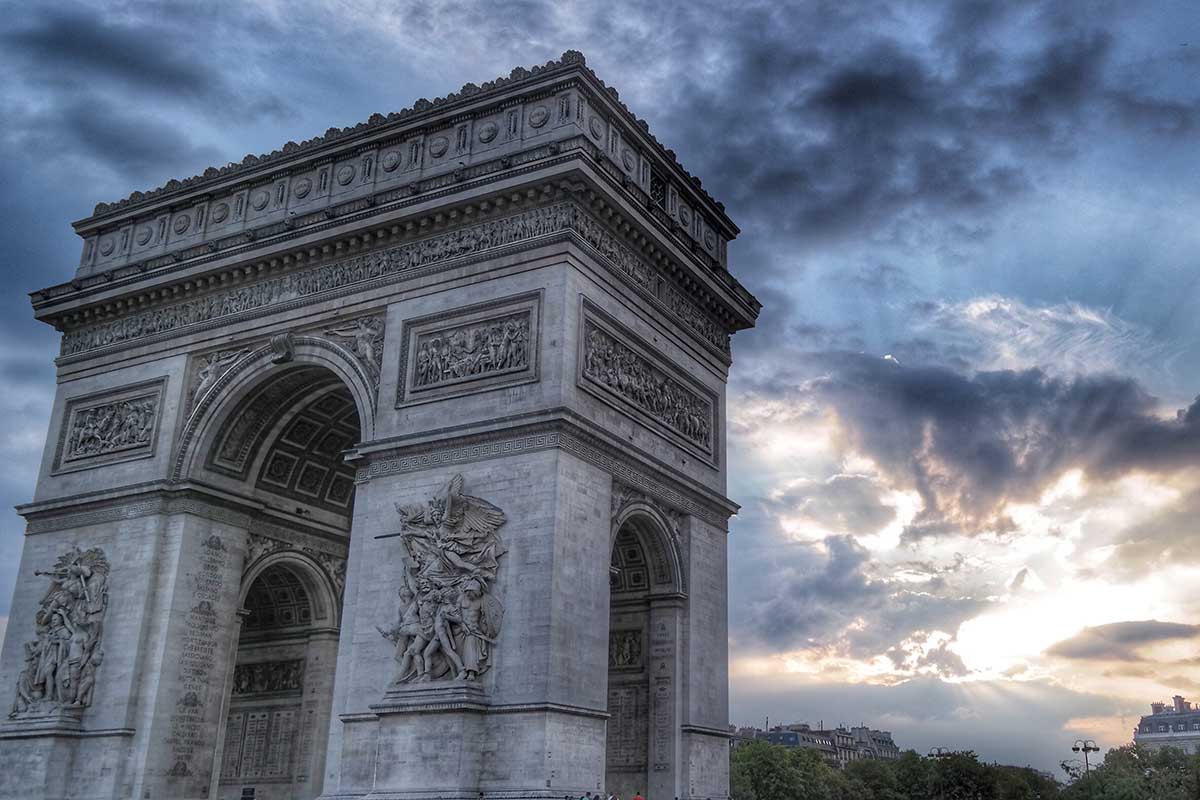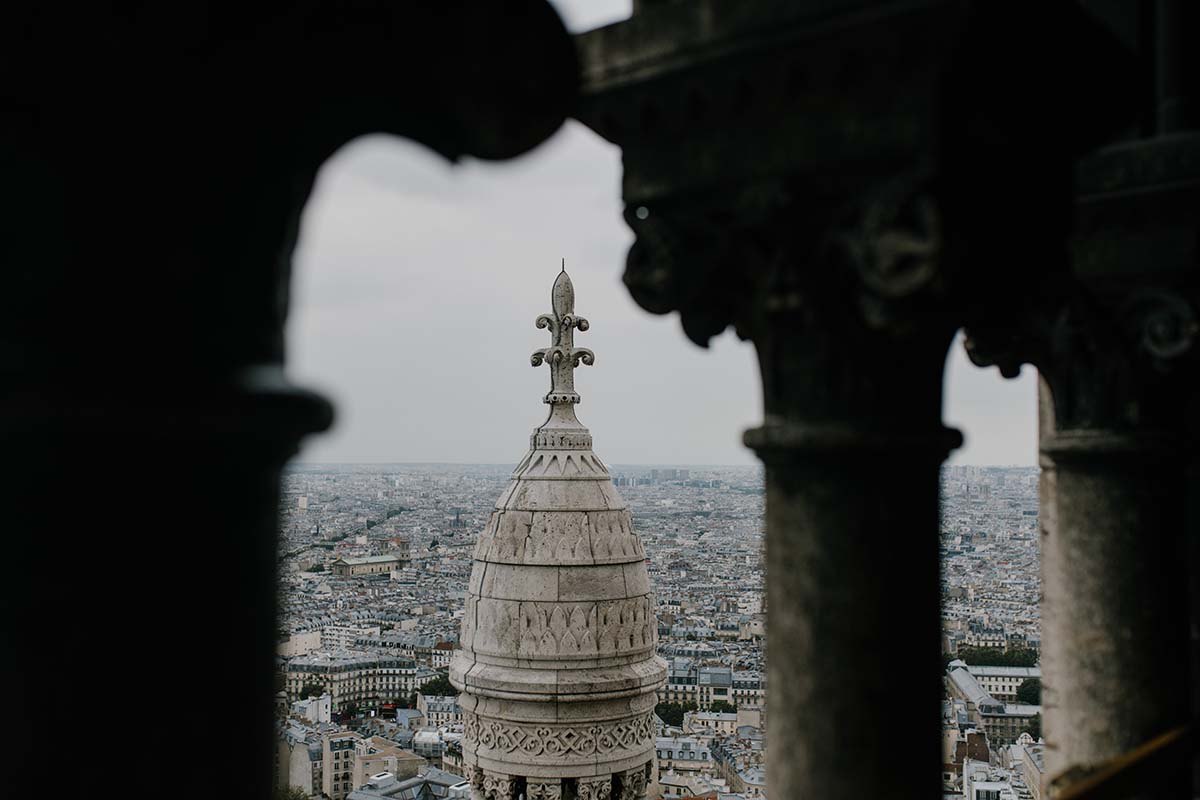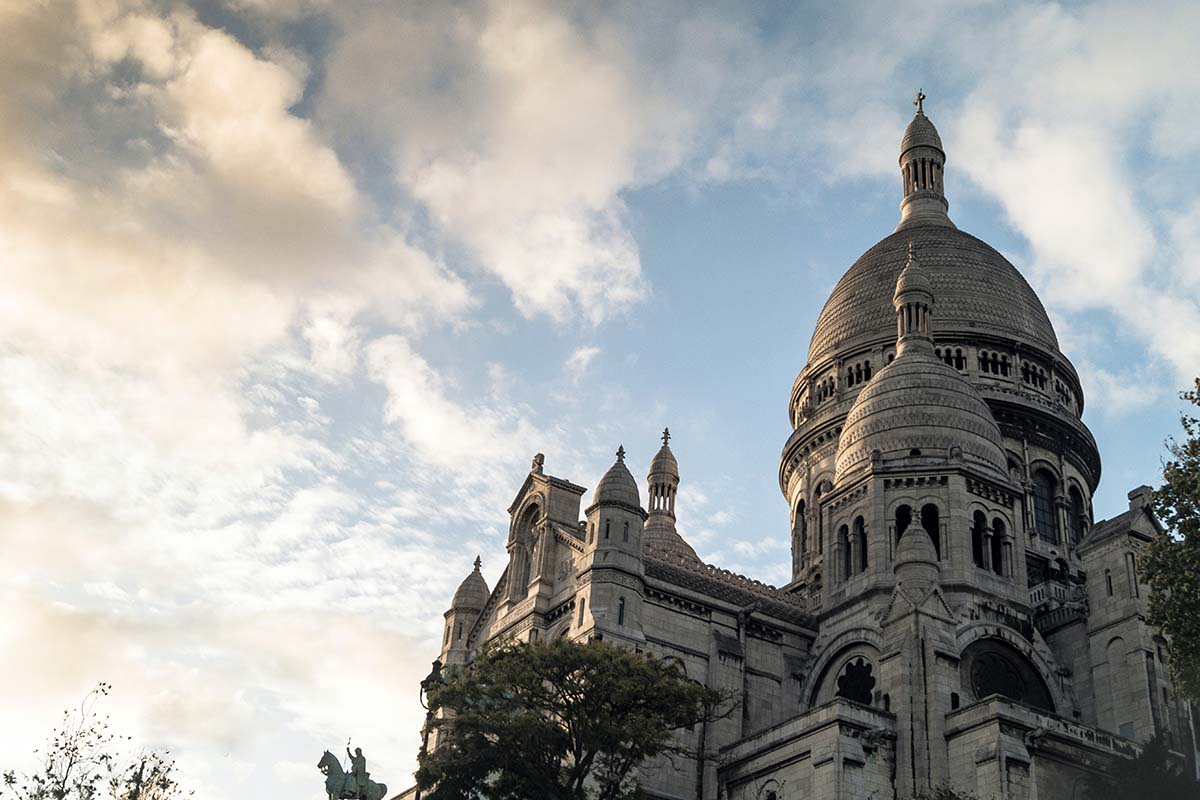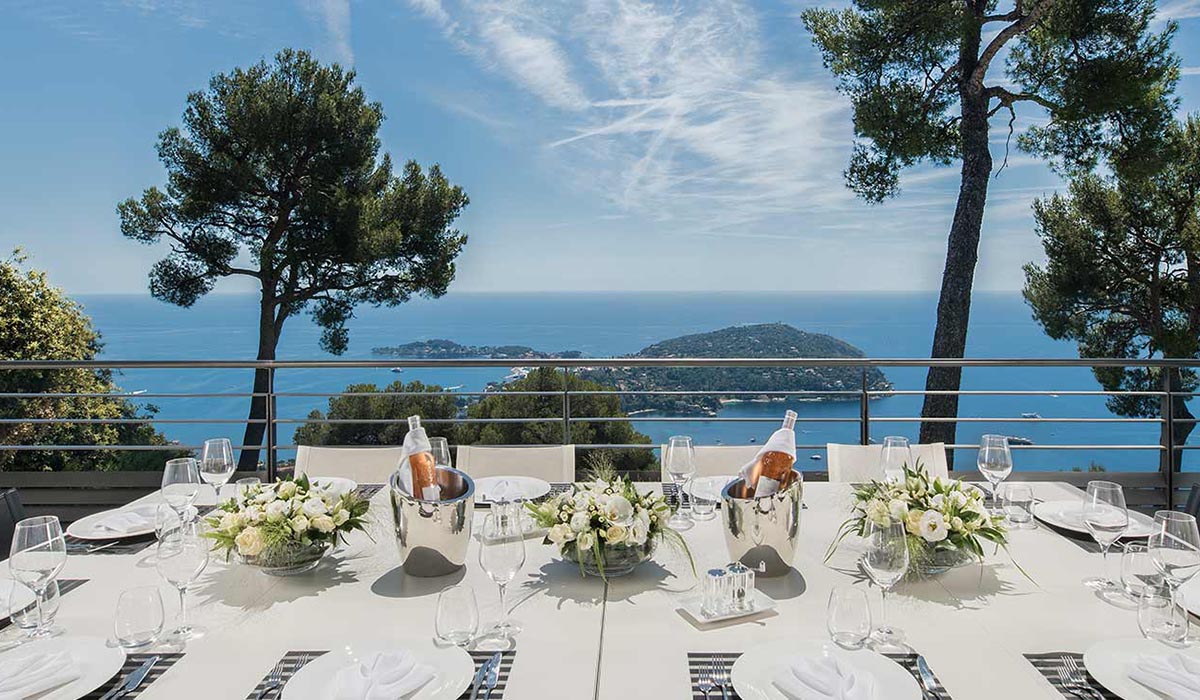6 Most Famous Landmarks in Paris You Must Visit Once
Are you planning to travel to the French capital and look for the most famous landmarks in Paris to visit?
From iconic structures to historic buildings, you’ll find them all here.
The city of love has so many things to offer.
There are beautiful, historical streets to stroll through, quaint, charming cafés to eat French delicacies at, and, of course, its plethora of French landmarks, each distinctly different from the other.
There’s a timeless allure to Paris’s grand and elegant monuments and landmarks.
The Eiffel Tower sparkling during the nightly magical light show, strolling along the banks of the Seine with family and friends, the jewel tones of Sainte-Chapelle’s stained glass, the way the façade of Notre Dame lit up against the night sky catch your breath – these are places that capture the heart time and time again.
Here are the top monuments and landmarks to visit during your holiday in Paris.
Eiffel Tower
- Of course, the Eiffel Tower is THE monument you must see when visiting Paris. It has become the symbol of Paris. Initially built for Paris’ 1889’s World’s Fair, it became the city’s icon.
- Looming over the city from its 312-meter height, the Eiffel Tower is visible from afar. After visiting the Tower itself, you can spend some time admiring the Champ de Mars and its garden at its feet.
- The Eiffel Tower, quite obviously, attracts many visitors each day, and packs of swarming tourists are in a rush to admire it and have to queue up before getting in.
- When you go to the Eiffel Tower, you can climb up in two different ways: the bravest can use the stairs, and the others the elevator (which is also the only way to the third floor), but to use the elevator, you have to purchase the Eiffel Tower top floor ticket online before your visit.
Arc de Triomphe
- It is one of the most famous monuments in Paris. Built on the Place de l’Etoile, at one end of the Champs-Elysée, the Arc de Triomphe is one of the enormous arches in the world.
- It was built in 1806 to celebrate Napoleon Bonaparte’s victory in Austerlitz and was inspired by the Roman triumphal arch. However, it was designed on a much bigger scale than its model: 50 meters high, 45 meters long, and 22 meters wide. It stands as one of the most famous monuments in Paris.
- Beneath the vault is the Tomb of the Unknown Soldier. Under continual watch, an Eternal Flame is turned on at 6:30 p.m. If you choose to visit this glorious monument, you can climb to the summit, from which you have a panoramic view of
Louvre Museum
- The Louvre is probably the most famous museum in the world. It was the palace of the kings of France and through its numerous collections, it allows you today to discover occidental art from Middle Ages to 1848, as well as antique civilizations. Major sculptural masterpieces, such as the Winged Victory of Samothrace or the Venus de Milo, or paintings like The Raft of the Medusa of Géricault.
- We advise you to prepare for your visit by checking the Museum’s website: the Louvre is so big that you can easily get lost, both figuratively and literally. Of course, you can admire Leonardo da Vinci’s portrait of Lisa Gherardini, better known as the Mona Lisa. There is quite a rush in the museum, so it is better to purchase priority-access Louvre museum tickets to avoid the queue.
Sainte Chapelle
- Sainte-Chapelle, the ultimate expression of French Gothic architecture, was a royal chapel within the complex of the Palais de la Cite in Paris. It ranks alongside Notre-Dame Cathedral and Chartres Cathedral as one of the greatest sites of Gothic art in France, although it exceeds both in the quality of its stained glass art and the manner in which its stone walls have been transformed into shimmering walls of light.
- Built by King Louis IX between 1241 and 1248 to house the Holy Relics of the Passion (the Catholic Church later made him a saint), Sainte-Chapelle was a clear statement of devotional piety and secular prestige of the French monarchy, expressed in the new form of Rayonnant Gothic architecture.
- Richly decorated with a variety of Christian art, including sculpture, a wealth of decorative art, and stained glass, this palatine reliquary chapel – whose gloomy crypt-like lower section served as the parish church for the inhabitants of the palace – became the model for all holy chapels built by Louis and his descendants.
Palais Garnier
- Situated in the 9th Arrondissement is a Haussmanian phenomenon and a prime part of the Opera world, the Palais Garnier!
- Since its construction at the request of Emperor Napoleon III, it has witnessed some of the most fabulous ballet and opera performances of the past two centuries.
- The beautiful Opera house has been featured in several global media pieces, the most popular being the Phantom of the Opera. The design of both the interior and exterior of the magnificent structure signify opulence and extreme luxury.
- A symbol of French art and music, Palais Garnier can seat over 2000 people, so if you get the chance and enjoy the Opera, make sure you book your seat in advance for any upcoming interests, and you’ll not be disappointed!
But if you don’t get a chance to watch the Opera show or are just not a fan, you can still visit it independently and admire all its beauty and luxuries.
Sacré-Coeur
Visible from Rue Saint-Rustique, the Basilica of the sacred heart of Paris, or Sacré-Coeur, is a political and cultural symbol of the city.
It is located on top of Butte Montmartre, making it the highest point in the city. The building’s complex includes a gorgeous fountain and a vast garden for meditation.
Made from the same stone used to construct the Arc de Triomphe and the Alexandre III Bridge, the structure stays pristine white all year round with an impressive architectural design.
One of the most visited Paris landmarks, this Basilica is an architectural marvel that you’re sure to have a great time at!
Besides admiring its beauty, you can climb it to enjoy stunning views of the entire Montmartre village and Paris.
